Heavy-Duty Trucks' Secret Weapon: Road Train Shock Absorbers
 2025.08.15
2025.08.15
 Industry News
Industry News
Across the vast Australian Outback or along the straight interstate highways of North America, one behemoth always captures everyone's attention: the road train. These land-based behemoths, consisting of a tractor locomotive pulling multiple cargo carriages, can stretch tens or even hundreds of meters in length, carrying the economic arteries of a nation. However, while people marvel at their immense load-carrying capacity and imposing appearance, few consider what enables these "steel dragons" to maintain their steady progress over bumpy roads, protecting the cargo and ensuring the comfort and safety of the driver. The answer lies in the most inconspicuous corner of the road train: the Road Train Shock Absorbers.
You might think of shock absorbers as simply a spring and a hydraulic cylinder, but for vehicles operating under the unique conditions of road trains, shock absorbers play a much more important role. They aren't just vibration absorbers; they are core components that ensure vehicle dynamic performance, driving safety, and cargo integrity. The design concept, manufacturing process, and operating principles of road train shock absorbers differ significantly from those of ordinary family cars. They must withstand extremely high loads, high-frequency vibrations, harsh environments, and extremely long service life requirements.
Unimaginable Challenges: The "Triple Test" of Road Train Shock Absorbers
From their inception, road train shock absorbers were destined to face a series of severe challenges. These challenges can be summarized as the "triple test": load, frequency, and environmental tests.

First, the load test. Ordinary car shock absorbers typically only have to cope with vehicle weights ranging from a few hundred kilograms to around one ton, while a fully loaded road train can weigh hundreds of tons. This means that the shock absorbers must be able to withstand enormous vertical loads and torsional stresses. When the vehicle jolts, the hydraulic fluid and piston inside the shock absorber must withstand instantaneous impact forces dozens of times greater than those of ordinary vehicle shock absorbers. Therefore, road train shock absorbers require higher-strength materials, thicker piston rods, and more robust sealing systems to ensure they do not fail under high pressure.
Second, the frequency test. When traveling at high speeds, even minor road undulations are transmitted to the train body at extremely high frequencies. Especially on continuously bumpy roads, the shock absorbers must compress and rebound hundreds or even thousands of times per second. This high-frequency reciprocating motion not only generates significant heat but also places stringent demands on the performance of the hydraulic fluid and the lifespan of the seals within the shock absorbers. If the shock absorbers cannot effectively dissipate heat, the hydraulic fluid will overheat and its viscosity will drop sharply, leading to a decrease in damping force, significantly reducing the shock absorption effect and potentially even causing thermal decay. Therefore, road train shock absorbers typically utilize larger oil reservoirs and specialized heat dissipation structures to ensure stable performance under high-intensity operation.
Finally, there's the environmental challenge. Road trains often operate in harsh environments. In the Australian outback, they face high temperatures, dust, and rugged gravel roads; in North America, they endure ice, snow, salt spray, and mud. Contaminants in these harsh environments, such as fine dust, moisture, and corrosive salt, can enter the shock absorber through seals, wear the piston rod, damage the oil seal, and ultimately cause the shock absorber to leak and fail. To address these challenges, road train shock absorbers typically employ multiple sealing structures and apply special surface treatments to the piston rod to enhance wear and corrosion resistance.
More Than Just "Hard": The "Inner Skills" of Shock Absorbers
Faced with these challenges, road train shock absorber designers go beyond simply making the shock absorber "thicker and tougher." They focus more on the inner skills—the complex damping system within the shock absorber.
The core operating principle of a shock absorber is that a piston moves within a cylinder filled with hydraulic fluid, converting the mechanical energy of vibration into heat and dissipating it. In this process, the magnitude and characteristics of the damping force are key factors in determining the shock absorption effect. The damping system of a road train shock absorber is typically divided into compression damping and rebound damping.
Compression damping is the resistance generated when the shock absorber is compressed by an impact on the wheel. Compression damping design is crucial for high-load vehicles like road trains. If compression damping is too low, the vehicle body will sink excessively when navigating bumpy roads, causing bottoming out and potentially damaging the suspension system and cargo. If compression damping is too high, the vehicle will appear too stiff, affecting driver comfort and potentially reducing tire grip. Therefore, designers must use precise calculations and extensive testing to design piston valve plates with nonlinear damping characteristics, ensuring low damping force during small vibrations while providing strong support during large ones.
Rebound damping is the resistance created when the springs rebound the vehicle body after the shock absorber is compressed. It is equally important for road trains. If rebound damping is insufficient, the vehicle will experience a continuous "bouncing" phenomenon after navigating bumps. This not only affects driver control but can also cause cargo to shift or even be damaged within the vehicle. A well-designed rebound damping system ensures that the vehicle body quickly returns to a stable state after vibration, effectively suppressing continued body sway and maintaining vehicle stability.
In addition to traditional hydraulic damping, some high-end road train shock absorbers utilize more advanced technologies, such as gas-liquid hybrid shock absorbers. These shock absorbers use high-pressure nitrogen in the oil cylinder, leveraging the compressibility of the gas to supplement the damping force provided by the hydraulic oil. Compared to traditional purely hydraulic shock absorbers, gas-liquid hybrid shock absorbers exhibit improved thermal decay performance under high-frequency vibrations and greater operational stability, providing longer-lasting and more stable shock absorption for road trains.
From the Micro to the Macro: How Shock Absorbers Shape the Overall Performance of Road Trains
You might think of a shock absorber as a single component, but it plays a crucial role in the overall performance of a road train. Shock absorber performance directly impacts the safety, economy, and comfort of a road train.
From a safety perspective, a failed shock absorber can cause a vehicle to lose control during emergency braking or cornering. When a shock absorber fails, the contact pressure between the tire and the road becomes unstable, resulting in reduced grip and an increased risk of skidding or rollover. Especially for multi-unit trailer vehicles like road trains, a failure of the shock absorber in one carriage can trigger a chain reaction, destabilizing the entire fleet.

From a comfort perspective, while the working environment for road train drivers is far inferior to that of private cars, shock absorbers are crucial to driver comfort. An efficient shock absorption system can significantly reduce the impact of road vibrations on the driver's body, alleviating driver fatigue and improving driver focus and reaction time, thereby indirectly enhancing driving safety.
Road Train Shock Absorbers are more than just a simple "spring plus a hydraulic cylinder." They are a masterpiece of precision engineering that integrates materials science, fluid mechanics, and structural mechanics. They quietly shoulder the heavy responsibility of ensuring the safe, efficient, and stable operation of road trains, and are the unsung heroes that enable these land-based giants to roam the world. Every time we see a road train moving steadily, we should know the painstaking efforts of countless engineers behind it, and all this stability is inseparable from the small yet crucial shock absorbers.
 EN
EN  English
English Español
Español


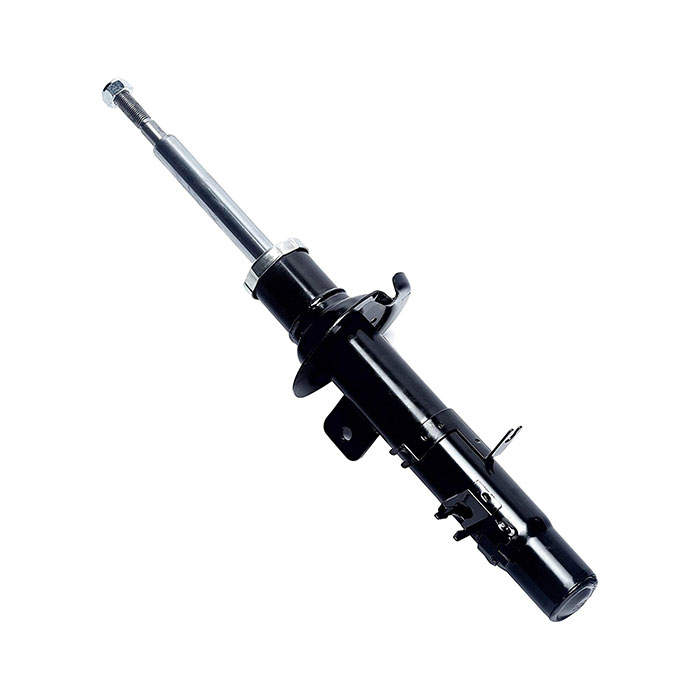
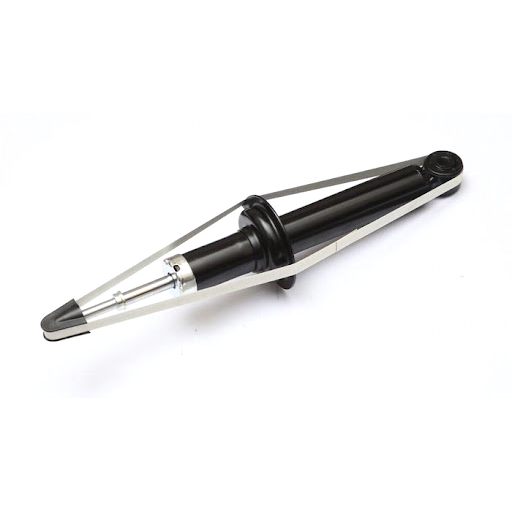
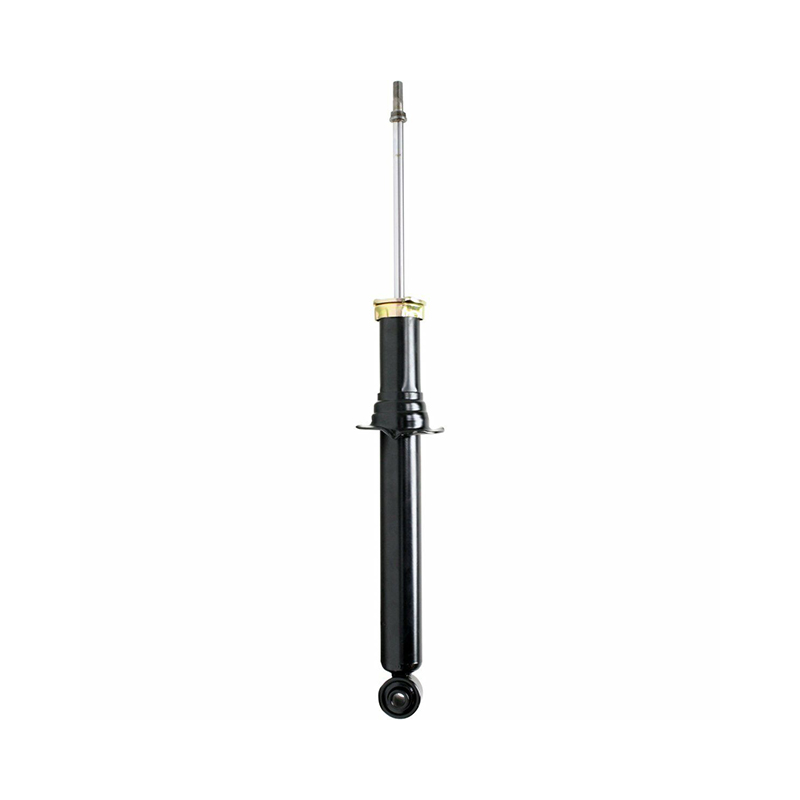
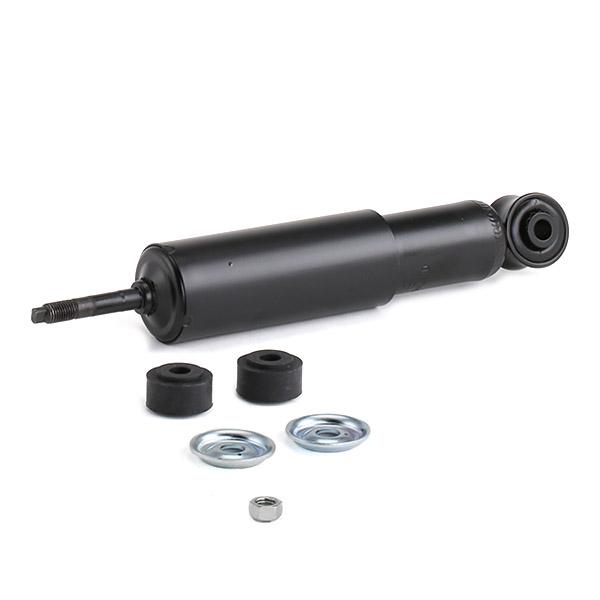
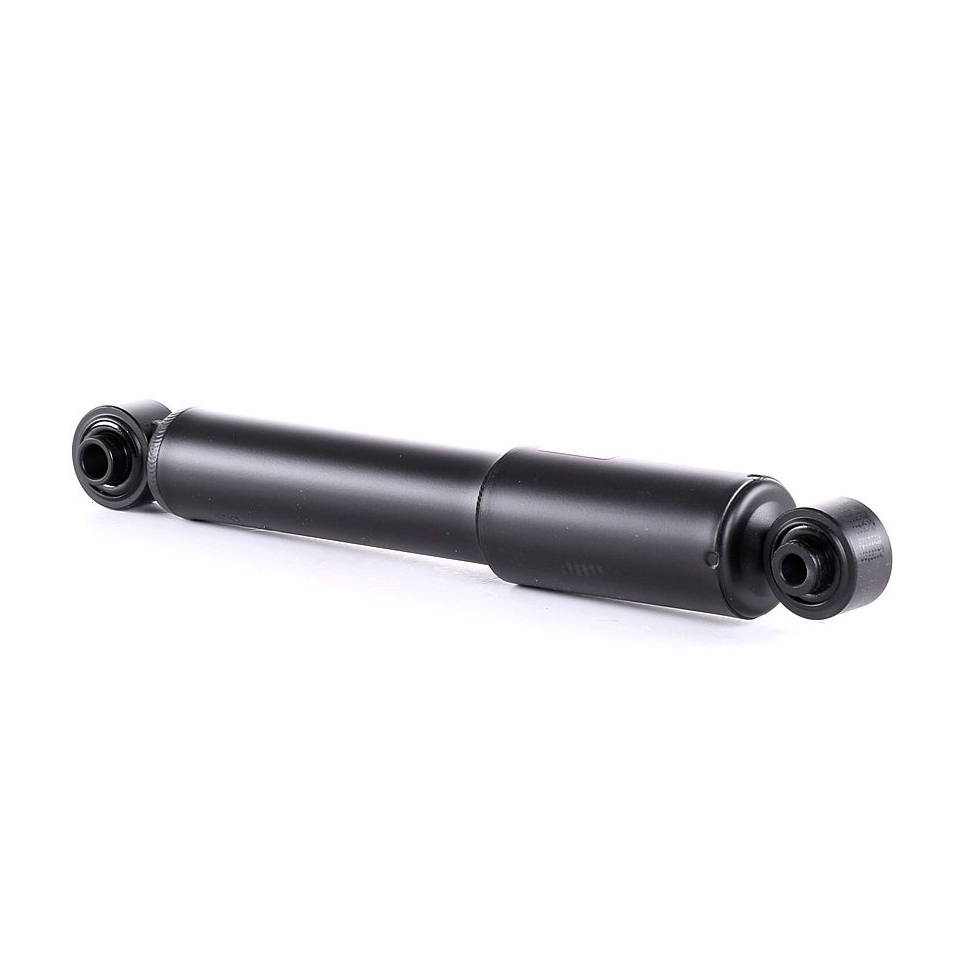
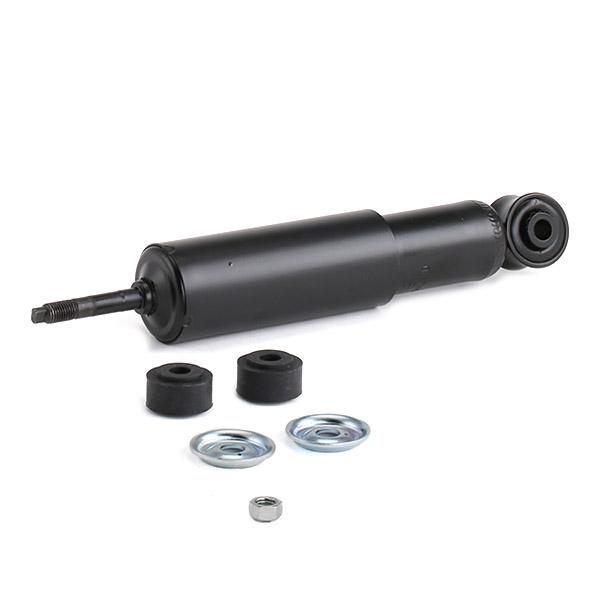
 +86-13757453333
+86-13757453333  +86-572-8355557
+86-572-8355557  Caroline@gerep.cn
Caroline@gerep.cn  No. 36, South Zhenxing Rd., Zhongguan Town, Deqing County, Huzhou, Zhejiang, China
No. 36, South Zhenxing Rd., Zhongguan Town, Deqing County, Huzhou, Zhejiang, China 